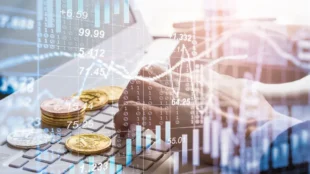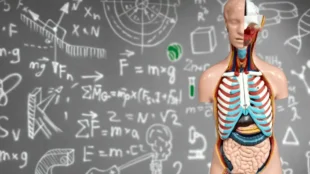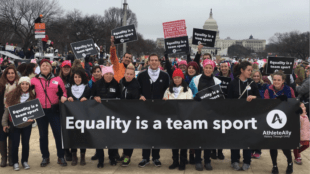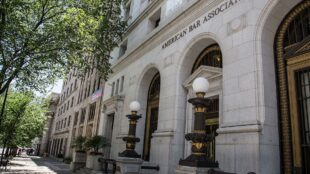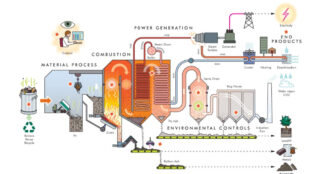The Case for Tenants’ Right to Counsel
(Source) In 1963, the Supreme Court established that the right to counsel in criminal cases is guaranteed by the Sixth Amendment to the Constitution in Gideon v. Wainwright, meaning criminal defendants will be appointed a lawyer if they cannot afford one. On the other hand, there is no constitutionally protected right to counsel in civil cases generally. Supreme Court jurisprudence has created a presumption against the civil right to counsel in matters where “physical liberty is not at risk.” However, some states have laws that provide for appointment of counsel in certain civil cases, such as eviction, guardianship, or domestic violence. There are significant barriers to the access to justice for civil litigants, and one primary issue is that legal representation can be difficult to afford. In New York, lawyers on average charge an hourly rate of $358. Pro se litigants consistently have much lower success rates in court than their represented counterparts. For federal civil litigation, about 27% of all cases have at least one pro se plaintiff or defendant. Additionally, 90% of landlords are represented in eviction cases, while only 10% of tenants have legal representation. Since low-income tenants in particular often appear in court without representation, [read more]



